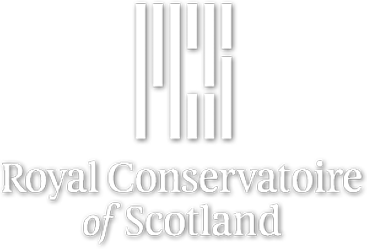The French Trombone’s Conquest of Britain
Research output: Contributions to books, editions, reports or conference proceedings › Chapter
Contributors
About
The French style of trombone was adopted in Britain in the 1860s. This was partly a result of Henry Distin’s adoption of French manufacturing practices[1] and Gustave Besson’s opening a London factory in 1858 using Paris designs[2], also from the import to London of excellent instruments by Antoine Courtois from the 1850s. For the next 100 years, nearly all British tenot trombones were very similar. There were slight differences in bore and bell diameter, but apart from the maker’s inscription, trombones were much the same whether made by Besson, Boosey, Gisborne, Hawkes, Higham, Keat, Rudall Carte, or other British makers. It thus makes sense to talk of a ‘French model trombone’ for this group of products by different makers. Today, when the very different American models such as the Conn 8H are the instruments of choice for professionals and amateurs alike, the French model trombone is often dismissed as a ‘peashooter’. But it is the model that is needed for historically informed performance of a wide swathe of music, both British and French, written in the century 1850 to 1950.
Details
| Original language | English |
|---|---|
| Title of host publication | Musiques. Images. Instruments. |
| Subtitle of host publication | Mélanges en l’honneur de Florence Gétreau |
| Editors | Yves Balmer, Alban Framboisier, Fabien Guilloux, Catherine Massip |
| Place of Publication | Belgium |
| Publisher | Brepols |
| Pages | 567-79 |
| Number of pages | 13 |
| ISBN (print) | 978-2-503-58371-6 |
| Publication status | Published or Performed - 2019 |
Publication series
| Name | Music and Visual Culture |
|---|---|
| Volume | 5 |
